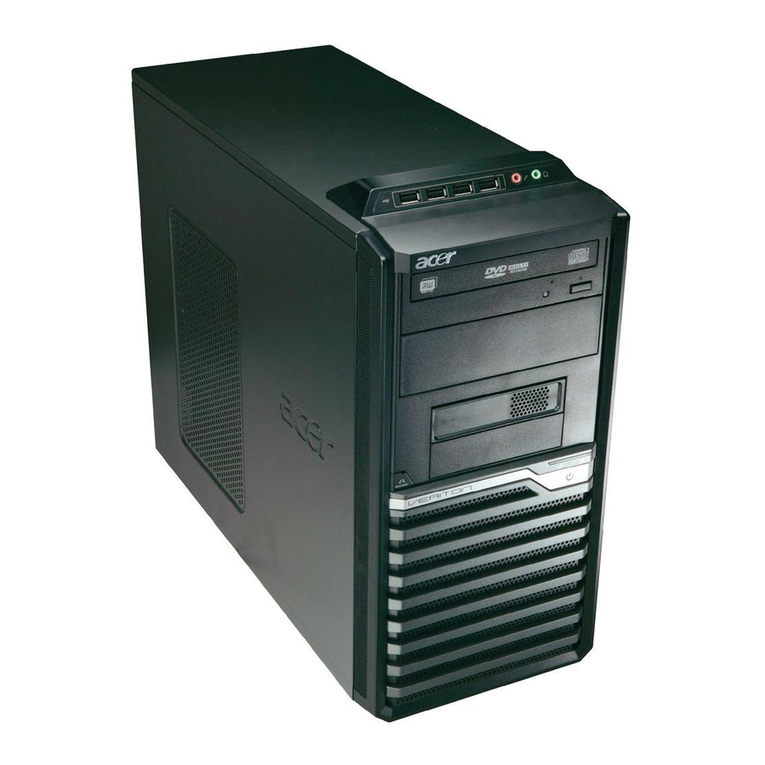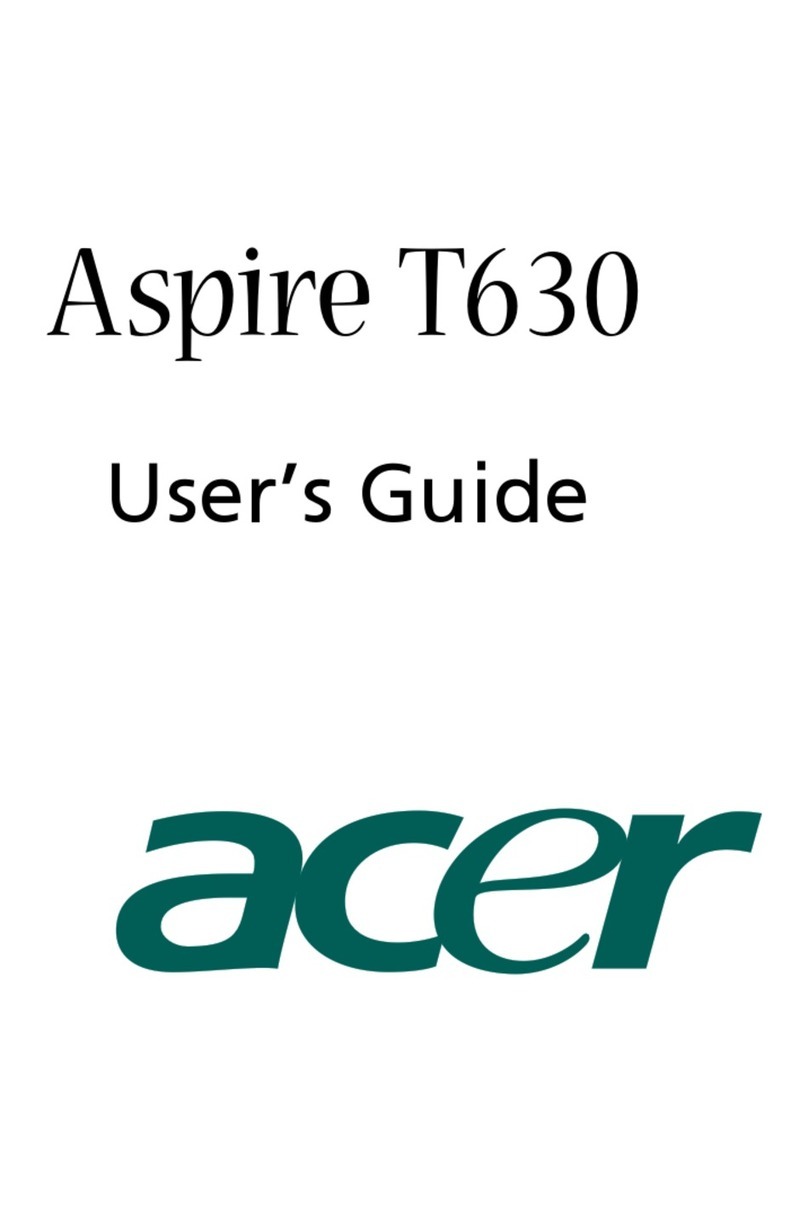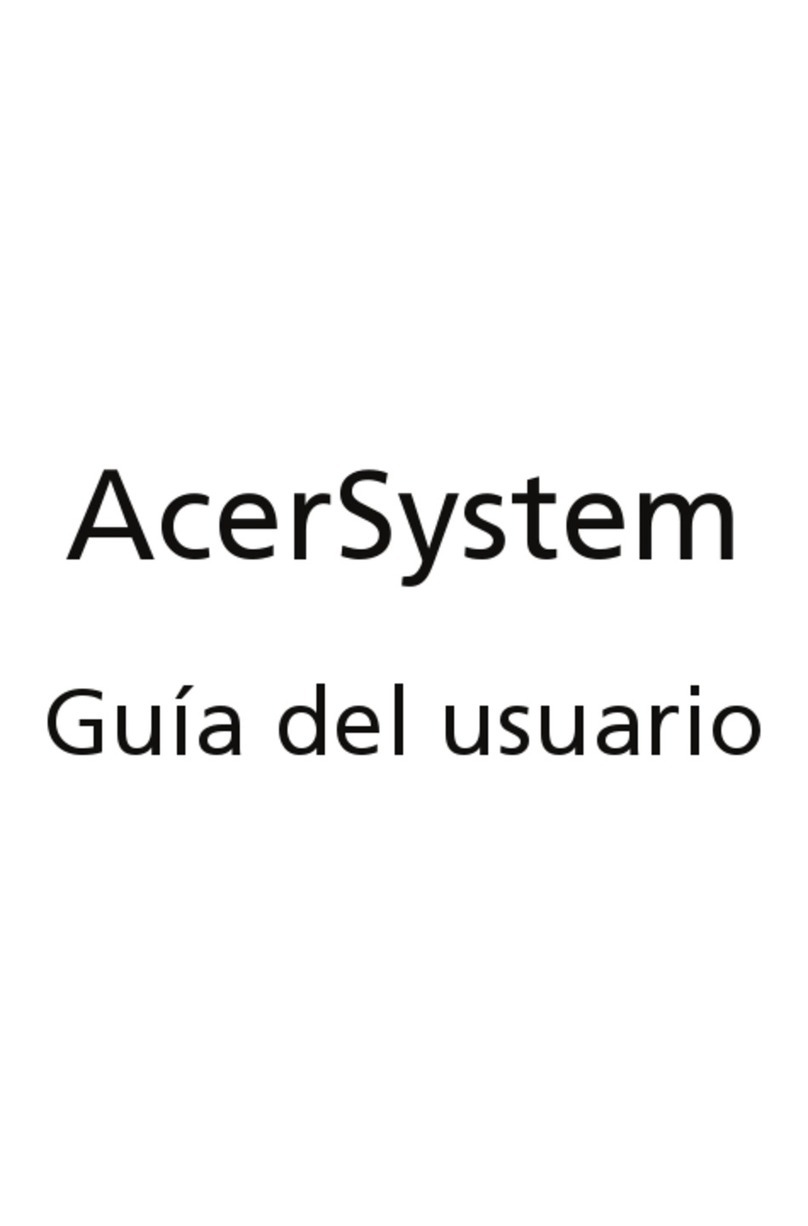Acer Predator PO3-600 E User manual
Other Acer Desktop manuals

Acer
Acer Aspire L series User manual

Acer
Acer Veriton Z4860G User manual
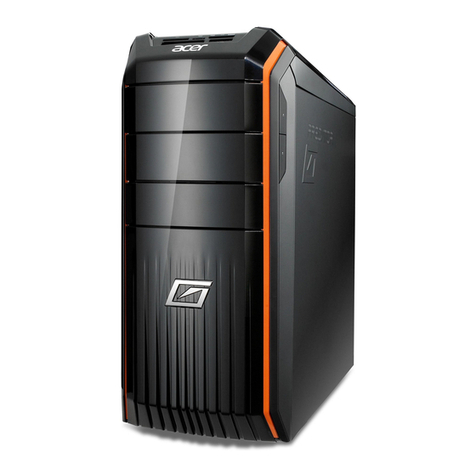
Acer
Acer Predator G3620 User manual

Acer
Acer Power SV Quick start guide
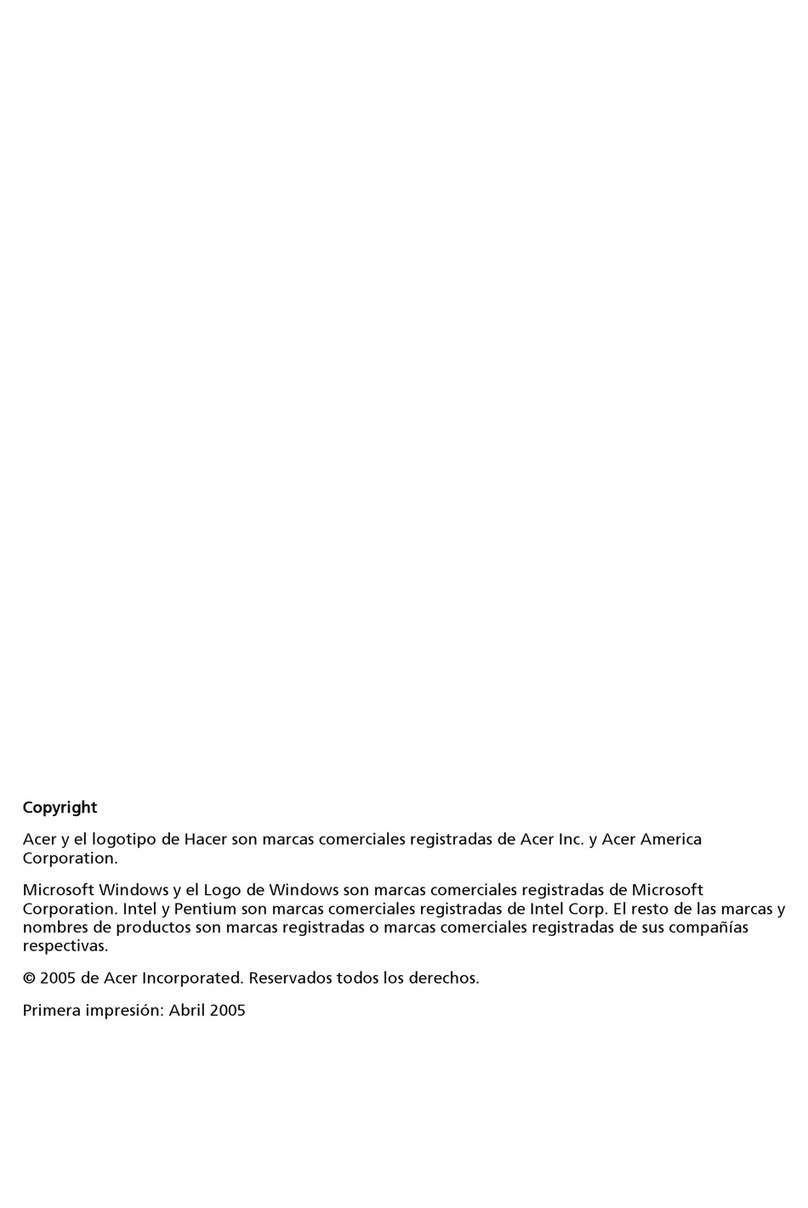
Acer
Acer Aspire E571 User manual

Acer
Acer Veriton 5800 Configuration guide

Acer
Acer Aspire E500 User manual
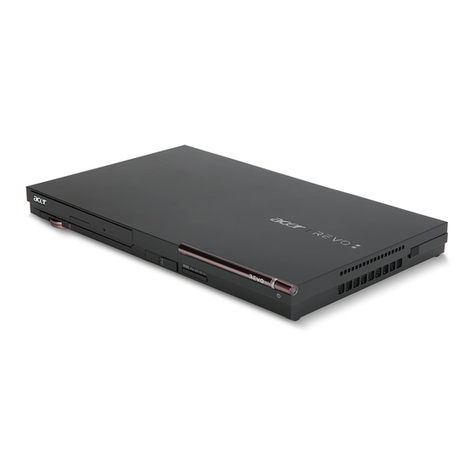
Acer
Acer RL100 User manual

Acer
Acer Aspire T670 User manual

Acer
Acer Altos G510 series User manual
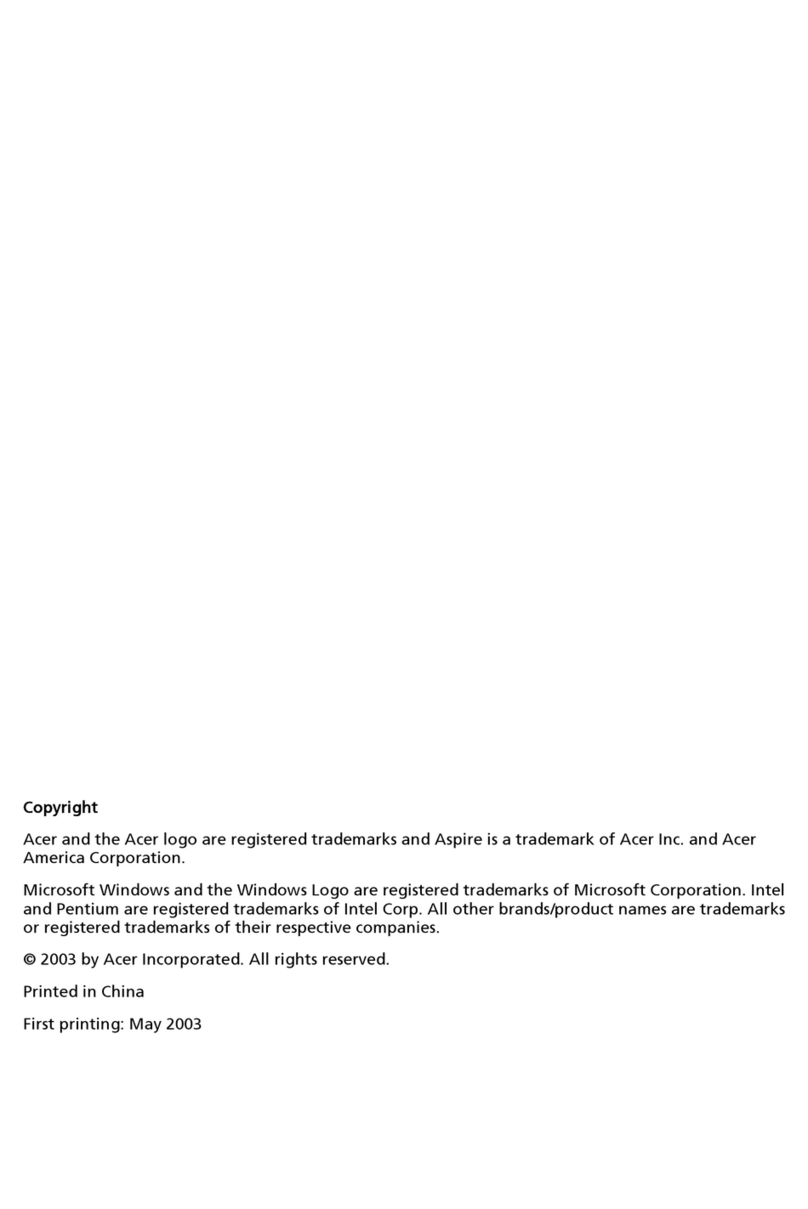
Acer
Acer Aspire RC500 User manual
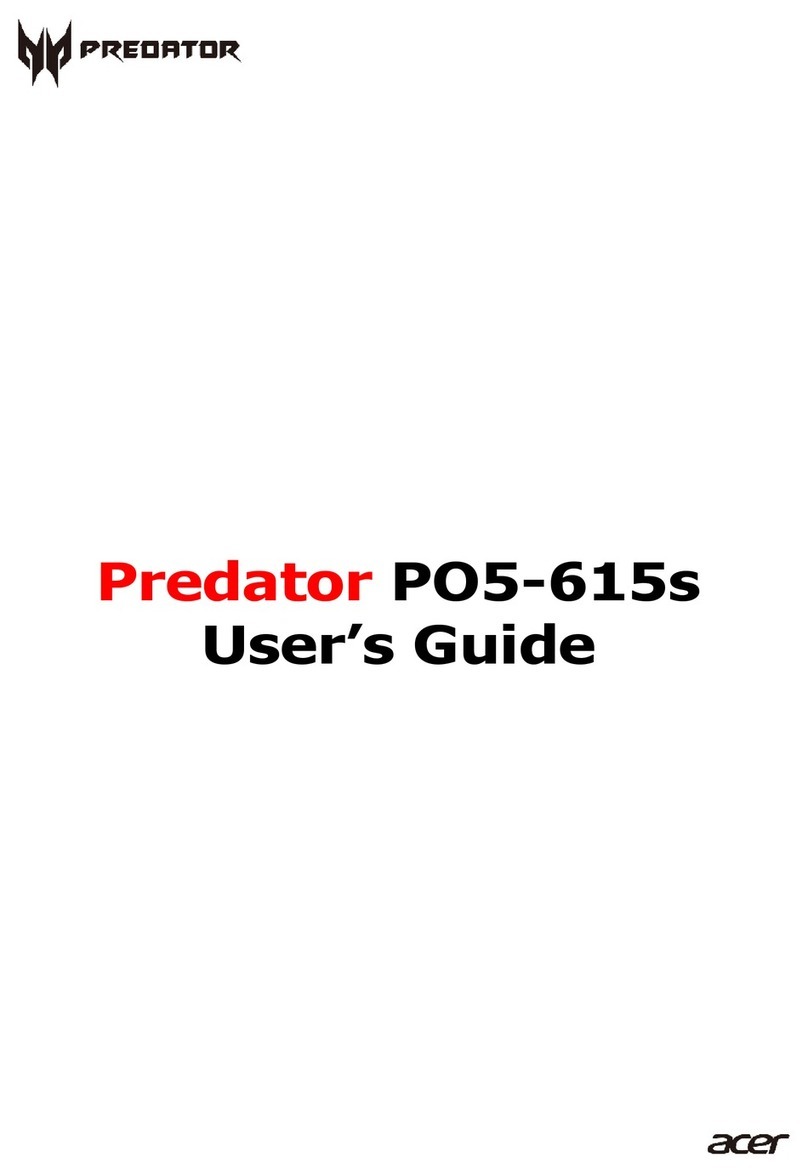
Acer
Acer Predator PO5-615s User manual
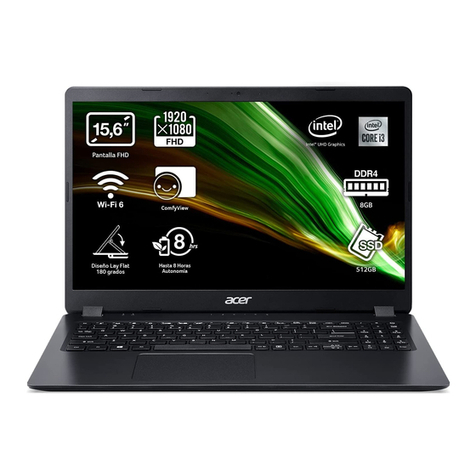
Acer
Acer Aspire Notebook Series User manual
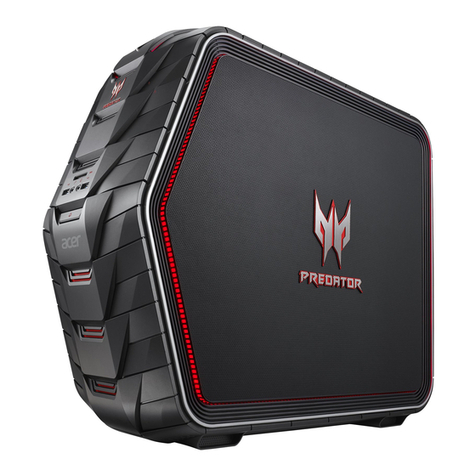
Acer
Acer Predator G6-720 User manual
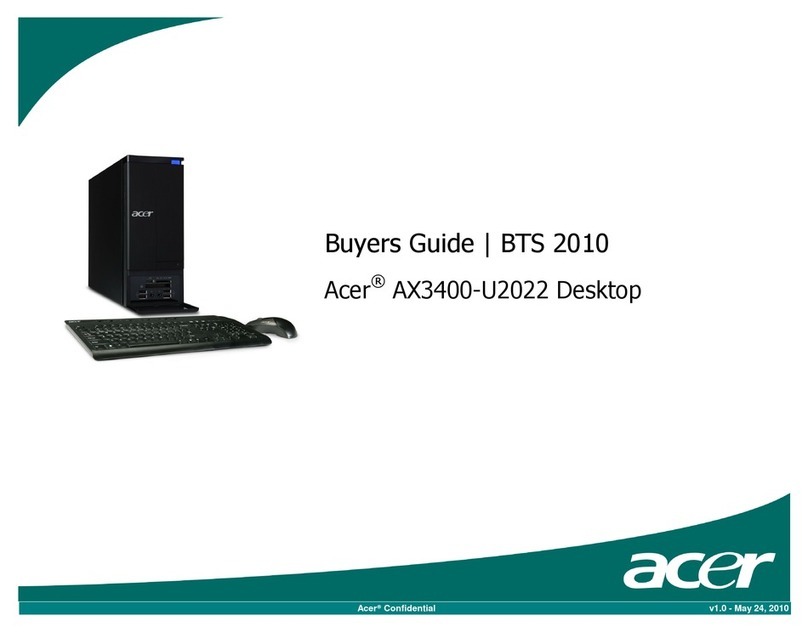
Acer
Acer 2010 User manual

Acer
Acer AcerPower 6400 User manual

Acer
Acer Predator Orion 5000 User manual

Acer
Acer Aspire SA90 User manual

Acer
Acer Veriton 7600GT Configuration guide
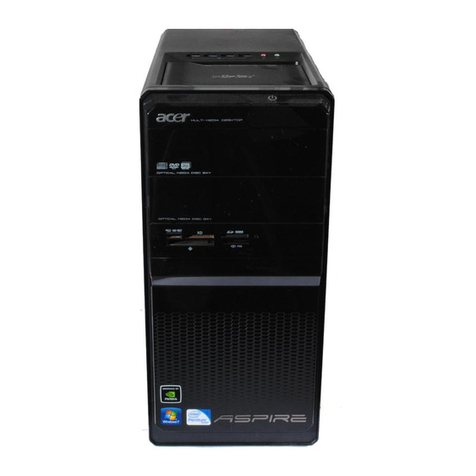
Acer
Acer Aspire M3202 User manual

